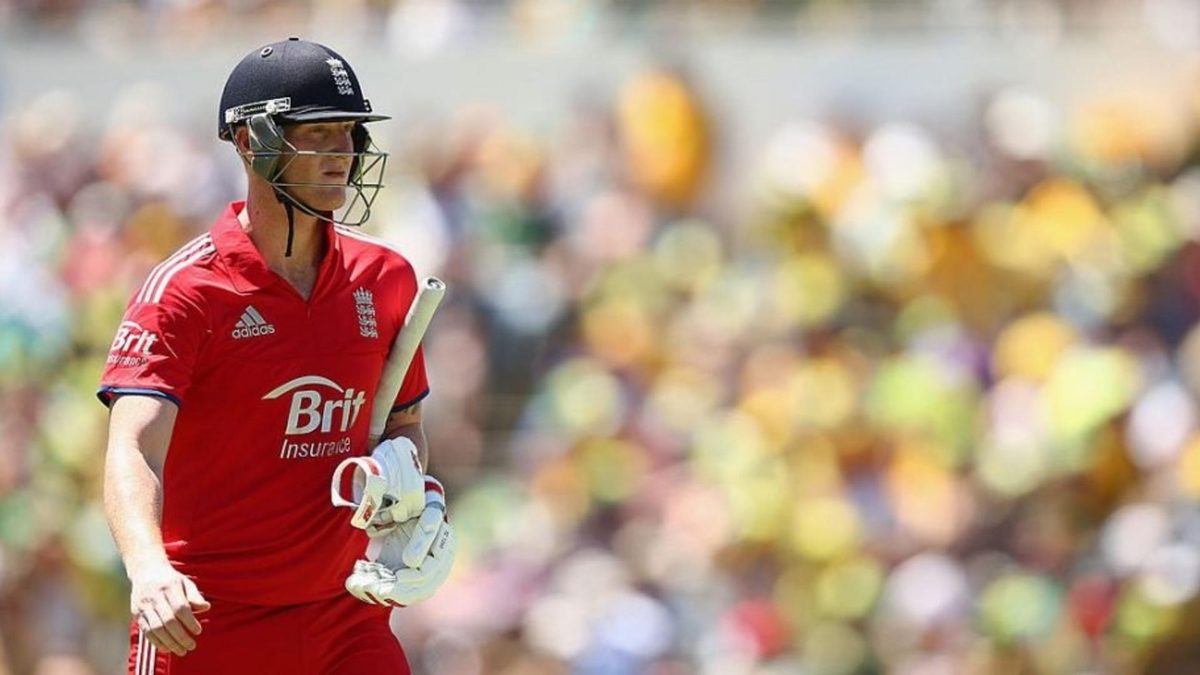
We all know that the England men’s team, prior to their post-2015 World Cup white-ball revolution, generally struggled in ODI cricket.
World Cups finished on a sliding scale between humiliation and heartache, more often than not landing on the former. Their 2015 World Cup elimination at the hands of Bangladesh, who pipped England to a quarter-final spot, was the nadir for England’s journey in the format.
In a Twitter thread asking for some of ODI cricket’s most interesting sides, one user pointed out that the signs of what was to come at the 2015 World Cup were evident in England’s tour to Australia the previous winter, in the ODI series that followed their 5-0 Ashes defeat.
England lost the five-match series 4-1. Two of their four defeats were absolute thrillers, losing by one wicket at the Gabba and by five runs in the series finale at Adelaide; no disgrace at all given that Australia would be crowned world champions on home soil just over a year later.
But it was England’s misuse of the talent at their disposal that summed up their white-ball struggles as the 50-over game evolved, moving closer to the brashness of T20. In the first ODI of the series, Jos Buttler – the man who is now arguably England’s finest ever white-ball batter – was carded at, get this, No. 8.
With skipper Alastair Cook and Ian Bell opening the batting, Joe Root at three, Gary Ballance slotted in at four, Eoin Morgan at five, Ravi Bopara at six and Ben Stokes – more on him later – at seven, Buttler was budged down to No. 8. A gross misuse of talent.
And it’s not as if Buttler hadn’t shown what he was capable of in international cricket by that point, either. In his three previous ODI knocks – all against Australia the preceding summer – Buttler hit 75 (65), 65* (48) and 42 (37) from No. 7. Instead of being handed a promotion, he was demoted down the order.
After Buttler continued his good form in the format in the series opener by scoring an unbeaten, quickfire 34, he was moved back up to No. 7 at the expense of his fellow 2019 World Cup final hero Stokes, who was shoved down to No. 8.
Later that series, after Joe Root was dropped after a pair of low scores (including a 23-ball three), Stokes was catapulted up the order from eight to three. Stokes repaid the faith put in him in the fourth ODI with a Player of the Match performance from his new position in England’s sole win of the tour against Australia across all three formats. But despite that success, Stokes was only given three more opportunities in the top six that year, before being shifted back down to seven and eight for series against India and Sri Lanka. Stokes, the Player of the Match in the 2019 World Cup final, was eventually left out of England’s 2015 World Cup squad.
England’s middle order for the 2019 World Cup final – Root, Morgan, Stokes and Buttler – all played the first game of that Australia ODI series. The talent was there and while they all improved their games in the intervening five years, that talent wasn’t utilised to its full potential as England persisted with players who represented an outgoing era of ODI cricket. Buttler and Morgan ended the series with averages in excess of 40 and strike-rates over 100, Stokes was England’s star in their only victory while on the other end of the spectrum, Gary Ballance averaged 33 at a strike-rate of 70.58. Ballance played in England’s World Cup opener a year later, Stokes didn’t even make the plane.








